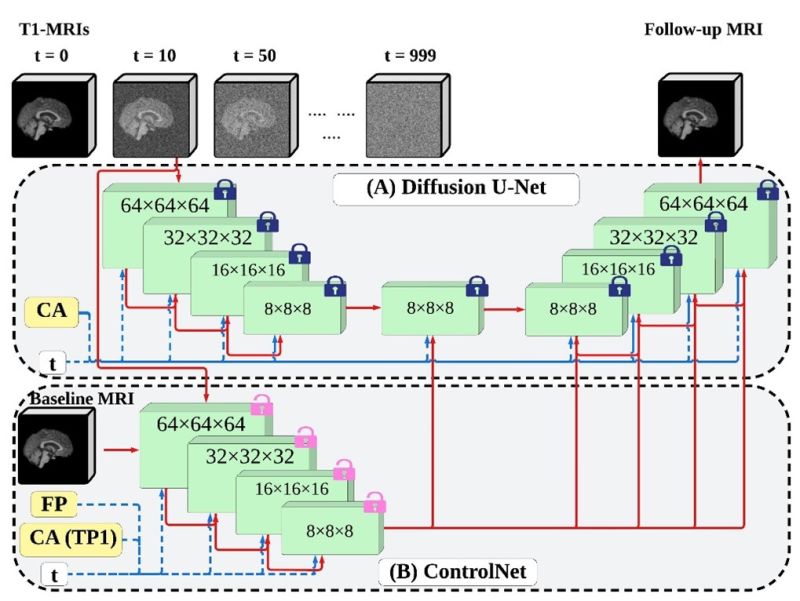When these factors are taken together, a DC-only system wastes less power – increasing power grid capacity and reducing energy costs – while better supporting the multi-directional power flows of the modern grid.
Medium-voltage circuit breakers are critical to making DC power distribution a reality. DC systems rely on fast-acting power electronics, which require equally fast protection. Semiconductors offer both speed and greater safety for DC systems. Traditional mechanical breakers rely on a physical gap that is less effective in stopping DC, which is capable of sparking across a gap in an arc of explosive energy. To avoid the possibility of arcing, the current can instead be routed away through a semiconductor-based device, significantly reducing safety and wildfire risks.
Until now, semiconductor breakers have been too expensive to either compete economically with mechanical breakers for AC, or to facilitate expanded use of DC grids. No type of commercial breaker can handle DC above 2,000 volts, and most can’t achieve half that.
Kandula and his team set out to find a cost-effective solution to fill this performance gap. They focused on an older, industry-accepted semiconductor called a thyristor. “We selected a base technology that was robust, efficient and inexpensive,” Kandula said. Thyristors are affordable enough to make semiconductor-based switches competitive for the first time.
Thyristors cannot be directly “switched” off, so the team also had to design an external circuit to forcibly reduce the current. In ORNL’s Grid Research Innovation and Development Center, or GRID-C, engineers built and tested a circuit breaker prototype to interrupt a current at 1,400 volts in less than 50 microseconds – four to six times faster than had been demonstrated with thyristors previously.
To prove the technology could be scaled up to handle higher voltages, researchers connected the breakers in a series – meaning one after another along the same electrical path. This approach comes with several technical challenges: First, the voltage must be shared evenly across all breakers, to prevent any single device from becoming overloaded and failing. Second, creating a series of breakers must not delay the system’s rapid reaction time.
ORNL researchers designed solutions and tested them in a series of breakers operating up to an 1,800-volt testing capacity. They are already working on adding to the series for eventually scaling up to 10,000 volts, anticipating the larger energy demands of future DC grids.
The project is part of a larger ORNL initiative to develop a menu of stackable medium-voltage building blocks for expanding new power applications in U.S. transportation, manufacturing and data centers. Other researchers who contributed to the project, which is supported by the DOE Office of Electricity, include Marcio Kimpara and Elvey Andrade.
UT-Battelle manages ORNL for the Department of Energy’s Office of Science, the single largest supporter of basic research in the physical sciences in the United States. The Office of Science is working to address some of the most pressing challenges of our time. For more information, please visit energy.gov/science.


